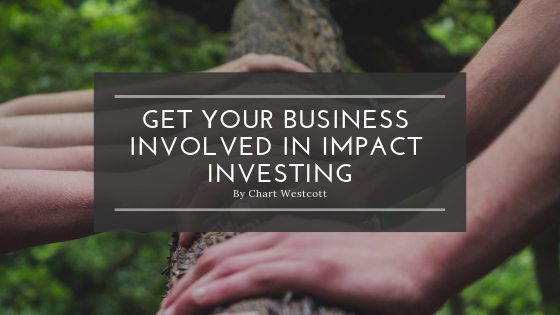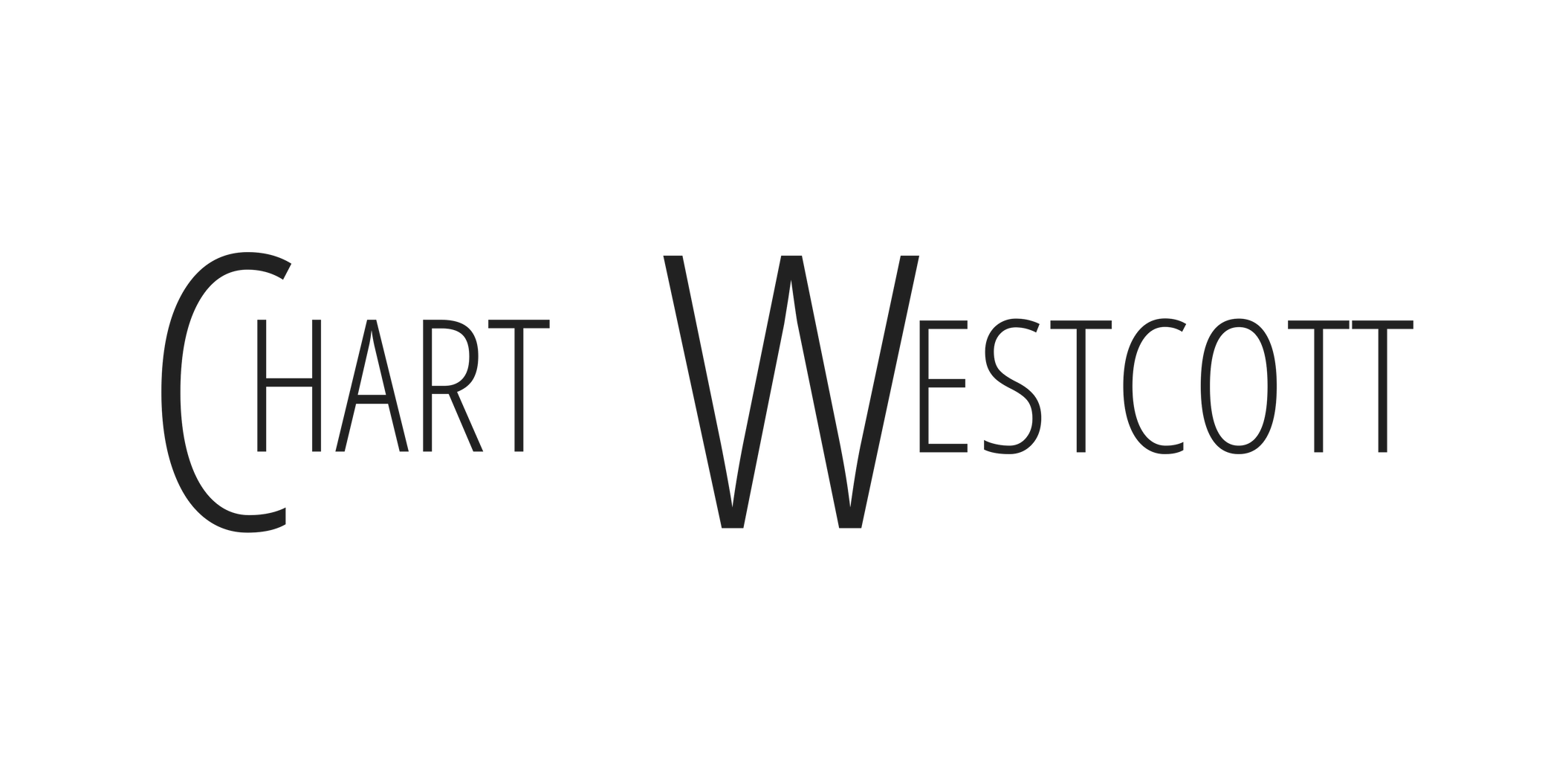The world is going through some tough growing pains right now, as we try to resolve economic, social, and ecological dilemmas all at once. At this year’s World Economic Forum, financial leaders suggested that impact investing might be a good way to address multiple problems. This is a method of investing that seeks to create change while providing positive financial returns. It’s believed that impact investing will go hand in hand with the United Nation’s Sustainable Development Goals (SDG) program. Let’s take a look at the three obstacles that impact investing.
Awareness
While the term “impact investing” is more familiar to international investors, that’s not the case here in the United States. When polled, only 21% of investors understood the term and what it meant. Even worse, no more than 1% of American investors knew anything about the SDG program sponsored by the United Nations. This is particularly disappointing because it means investors aren’t aware that they can use their capital to bring about the changes they care about the most.
Confusion
In trying to attract consumers and investors, industry leaders are providing a vast quantity of data about how their products benefit specific causes. Although their intention is to help people make better choices, the sheer quantity of information makes the decision-making process more complex. Consumers and investors are further confused by industry-related jargon. People often have to research these terms just to understand the basics of the topic.
A Lack of Transparency
Finally, investors aren’t getting the right kind of information. As a result, those who are interested in impact investing aren’t putting their money where it can do the most good. Corporations don’t know how to measure the good their doing for society or ecology, so they can’t pass on accurate information to investors. Without some system for rating the positive effects corporations have on the world, investors have to rely on their own intuition.
Essentially, these factors are three parts of one overriding problem. We’re not communicating the right information to those with the finances to invest. Impact investing and the SDG program will continue to flounder until we develop a system for relying more relevant information. If finance and government leaders can develop a workable, innovative system, impact investing may become powerful enough to support real change in the world.



